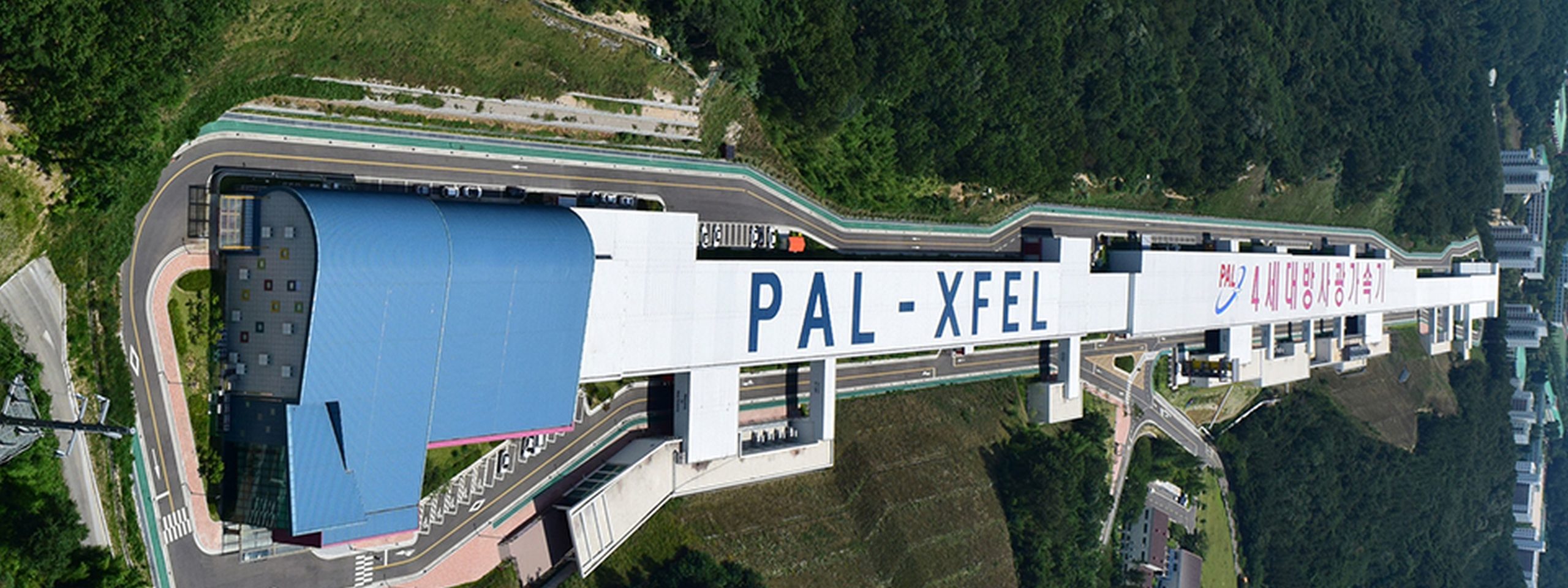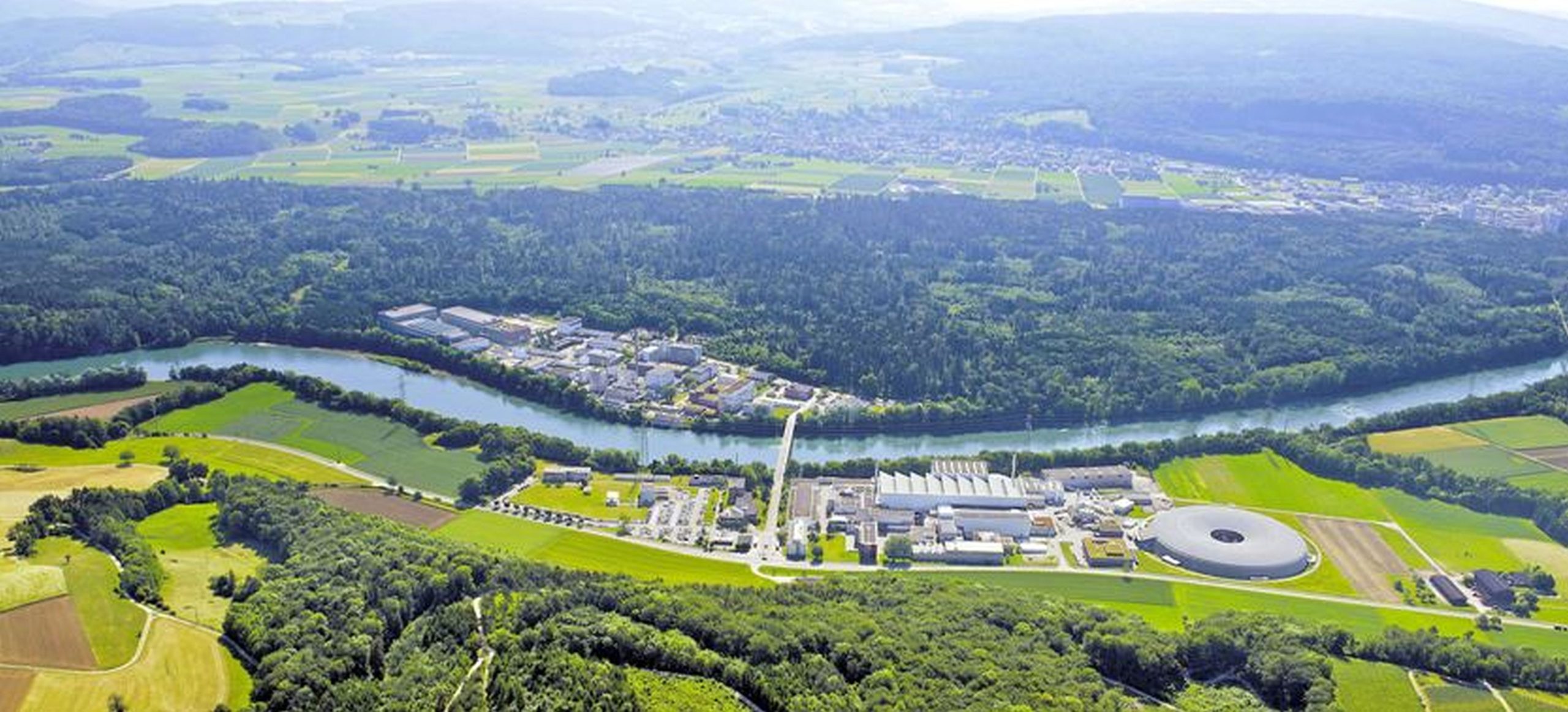XFELs WorldWide
Linac Coherent Light Source (LCLS, USA)
The LCLS facility is located at the SLAC National Accelerator Laboratory (SALC) in Menlo Park, California, USA. LCLS was the first laser in the world, and one of just five now in operation, to produce “hard,” or very-high-energy X-rays. The LCLS currently delivers 120 X-ray pulses per second, each one lasting femtoseconds. Since the start of operations in 2009, the LCLS has more than 3,000 users, more than 9,000 experiments have been carried out in its seven instruments (TMO, ChemRIXS, XPP, XCS, FMX, CXI, and MEC), and more than 1,450 peer-reviewed articles have been published.
A major upgrade to the facility, known as LCLS-II, is underway. This will provide a revolutionary leap in capability by increasing the X-ray pulse repetition rate from 120 pulses per second to 1 million pulses per second. LCLS-II will be a transformative tool for energy science, qualitatively changing the way that X-ray imaging, scattering and spectroscopy can be used to study how natural and artificial systems function. It will enable new ways to capture rare chemical events, study quantum materials with unprecedented resolution, and track the behavior of fluctuation biological systems.

SPring-8 Angstrom Compact free electron LAser (SACLA, Japan)
SACLA is an X-ray free electron laser located in Harima Science Garden city in Japan. It is embedded in the Spring-8 accelerator and synchrotron complex. It came into play in 2011, being the second XFEL in the world after LCLS. It is a 700 m long facility that produces bright X-ray pulses with a repetition rate between 30 and 60 Hz. SACLA has three beamlines, two of them producing hard X-rays (BL2 and BL3) and one producing soft X-rays (BL1).

European XFEL (Eu-XFEL)
The European XFEL (EuXFEL) is currently the largest XFEL facility in the world (3.4 Km). It runs from the DESY campus in Hamburg to the town of Schenefeld in Schleswig-Holstein. Its construction began in early 2009; user operation started in September 2017. The EuXFEL has been realized thanks to the big effort of 12 partner countries: Denmark, France, Germany, Hungary, Italy, Poland, Russia, Slovakia, Spain, Sweden, Switzerland, and the United Kingdom. It generates 27,000 ultrashort X-ray flashes per second and with a brilliance that is a billion times higher than that of the best conventional X-ray radiation sources. In addition, it has a unique pulse structure in which femtosecond pulses are delivered within trains with 10 Hz gaps between pulses.

Pohang Accelerator Laboratory (PAL-XFEL, South Korea)
Pohang Accelerator Laboratory X-ray Free Electron Laser (PAL-XFEL) is located at Pohang in South Kora. It is operational since 2017, being the third XFEL that came into play. PAL-XFEL consists of a Hard X-ray (HX) and a Soft X-ray (SX) FEL line. The HX line includes a 780 m long accelerator line, a 250 m long undulator line, and 80 m long experimental halls. The SX line is branched at 260 m point from beginning. It includes a 170 m long accelerator line, a 130 m long undulator line, and a 30 m long experimental hall. The HX line generates 2~15 keV FEL with over 1 mJ pulse energy, 10~35 fs pulse duration, and under 20 fs arrival time jitter from 4~11 GeV electron beams. The SX line generates 0.25~1.25 keV FEL with over 1012 photons from 3 GeV e-beams.

Switzerland Free Electron Laser (SwissFEL, Switzerland)
The SwissFEL is a 740 m long X-ray free electron laser at the Paul Scherrer Institute (PSI) (Villigen, Switzerland), which was inaugurated in December 2016. The SwissFEL design is optimized to generate X-ray pulses in the wavelength range of 1 to 70 Å. Construction work for SwissFEL began in the spring of 2013. After completion of the building, installation of the technical components started at the beginning of 2015. The total construction cost is around 275 million Swiss francs. The first pilot experiments were carried out in 2017. In 2018 the first beamline, ARAMIS, was put into operation. The second beamline, ATHOS, is expected to follow by 2021. ARAMIS delivers very high-energy short-wave X-ray light, which can be used to follow how atoms behave during a fast-moving process. ATHOS delivers softer X-ray light with lower energy, making it possible to observe atoms and molecules as they form a new chemical bond.

